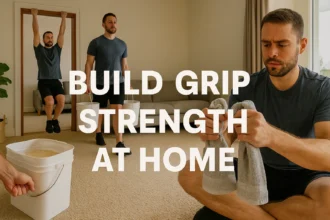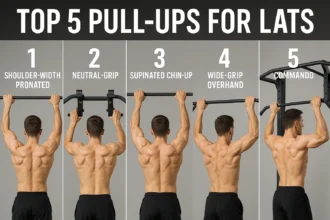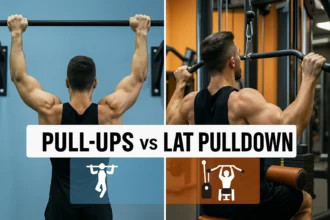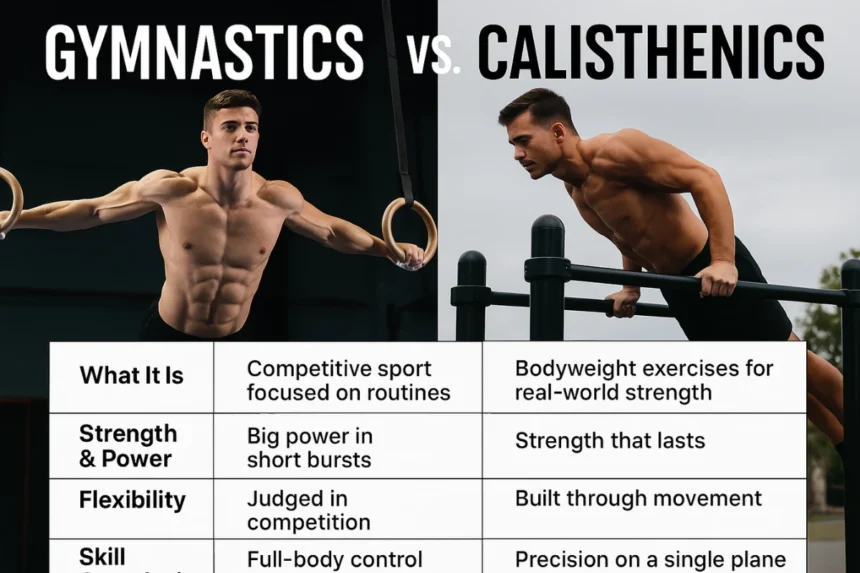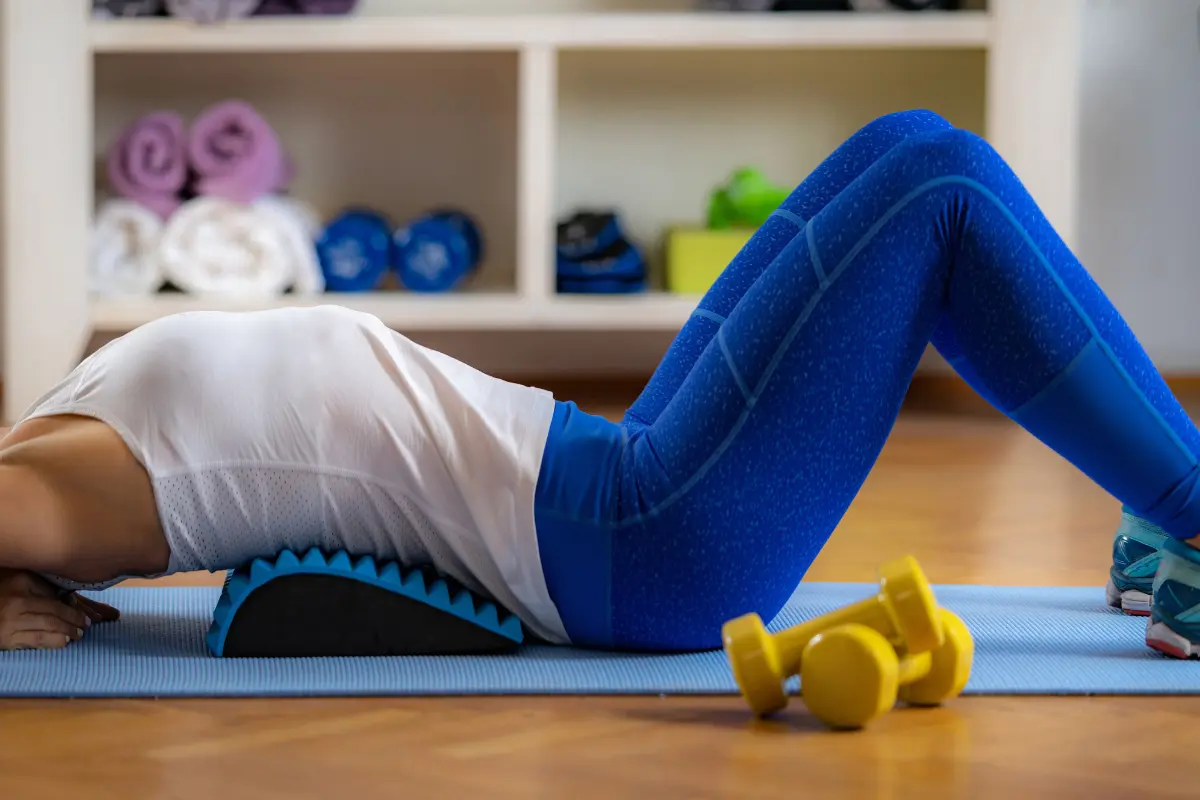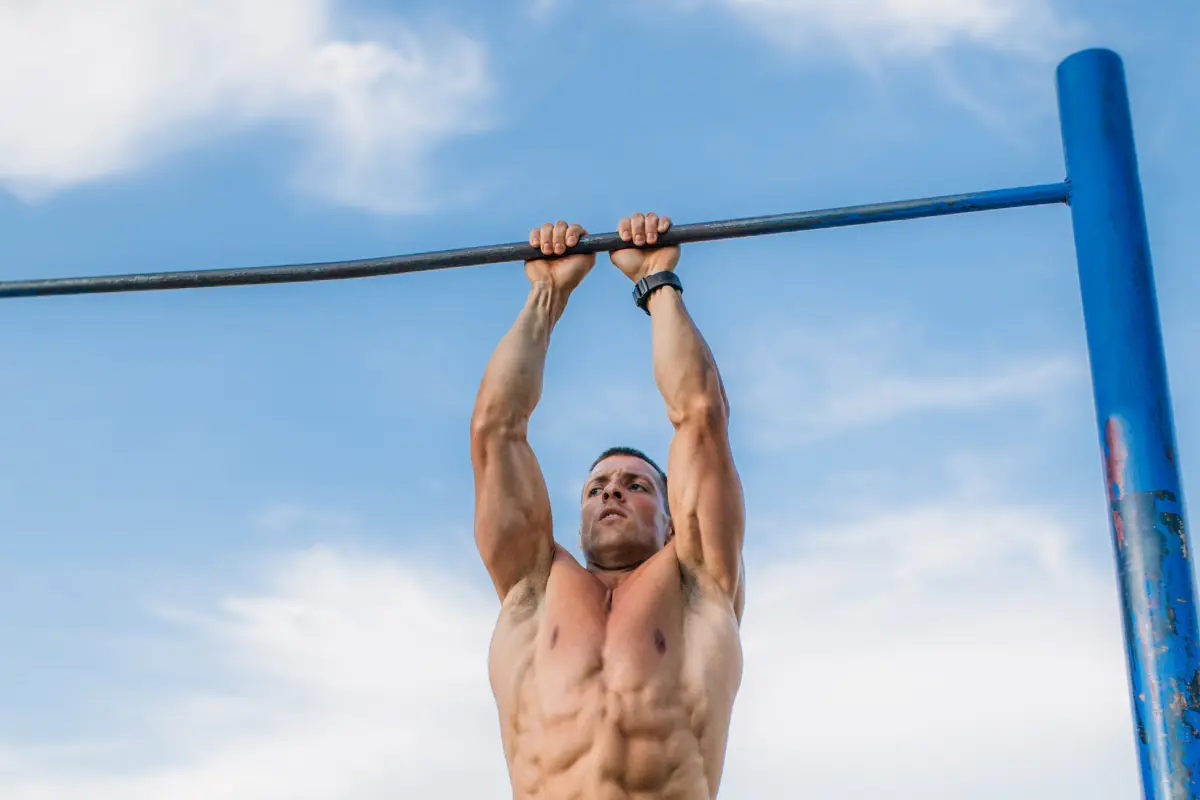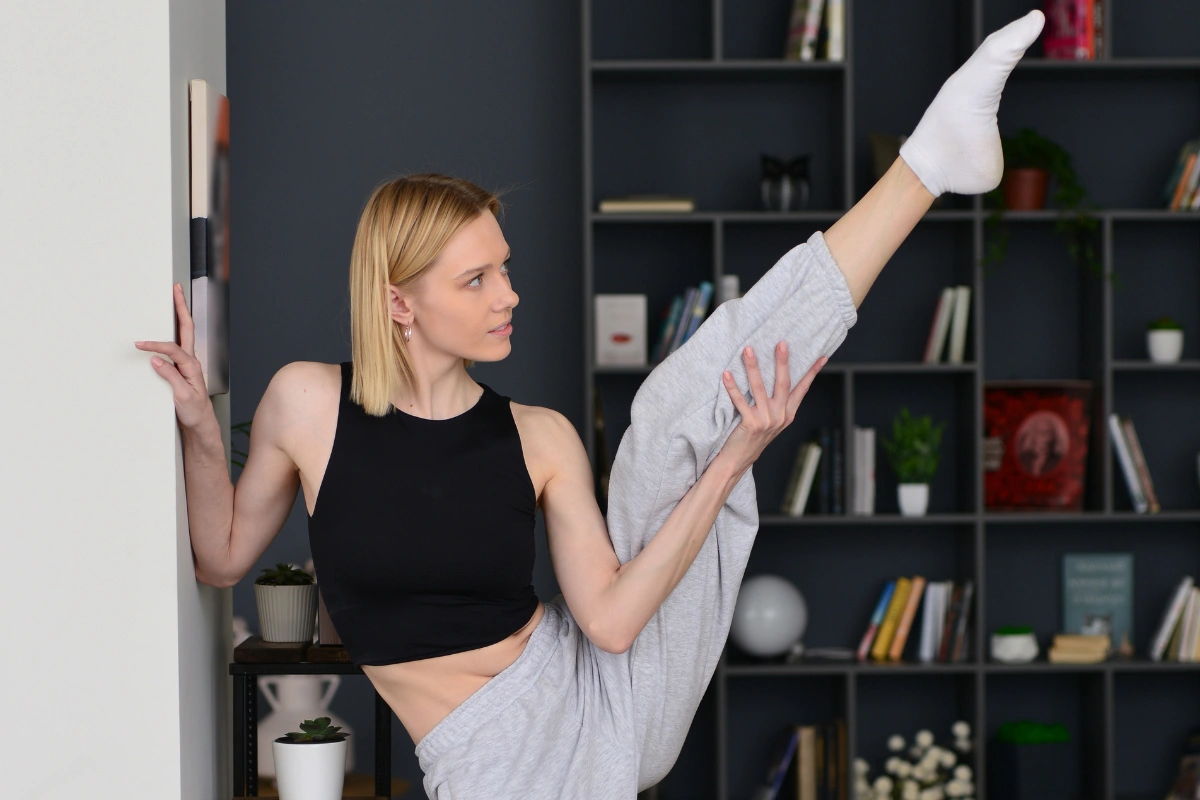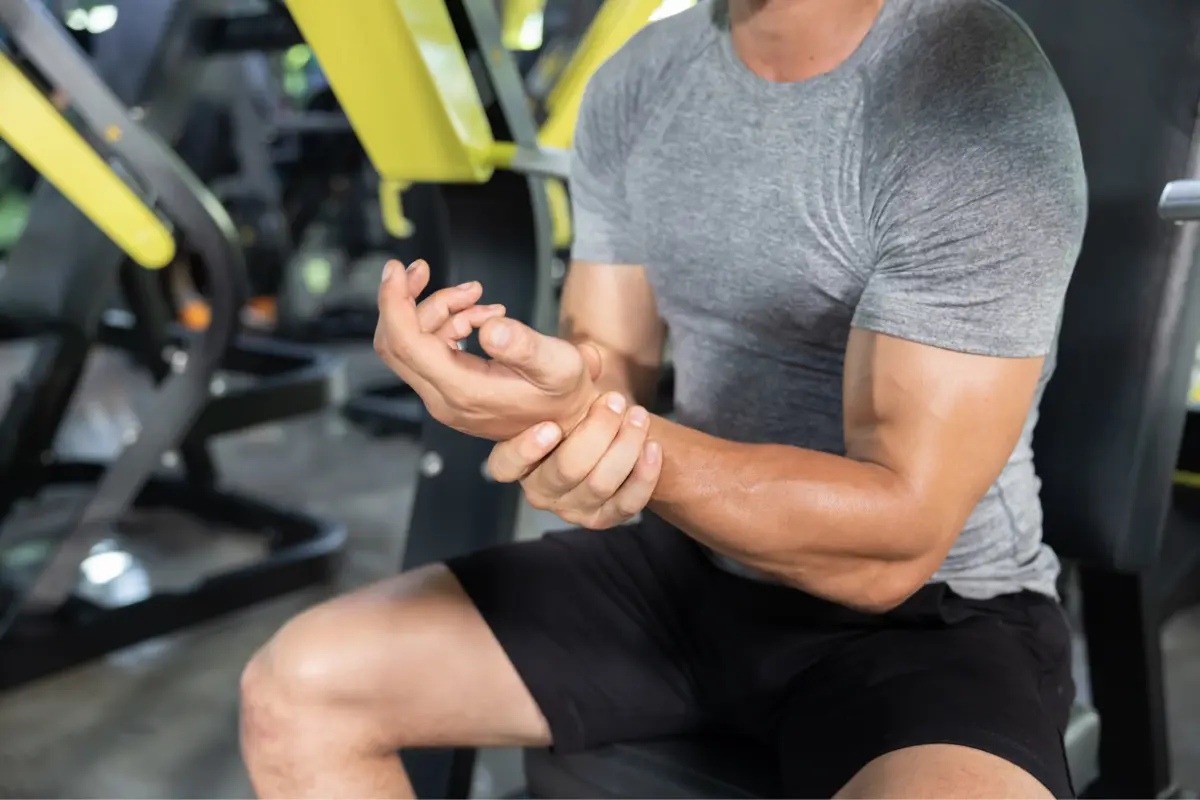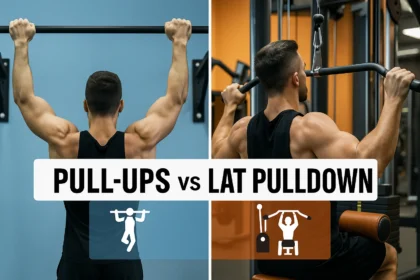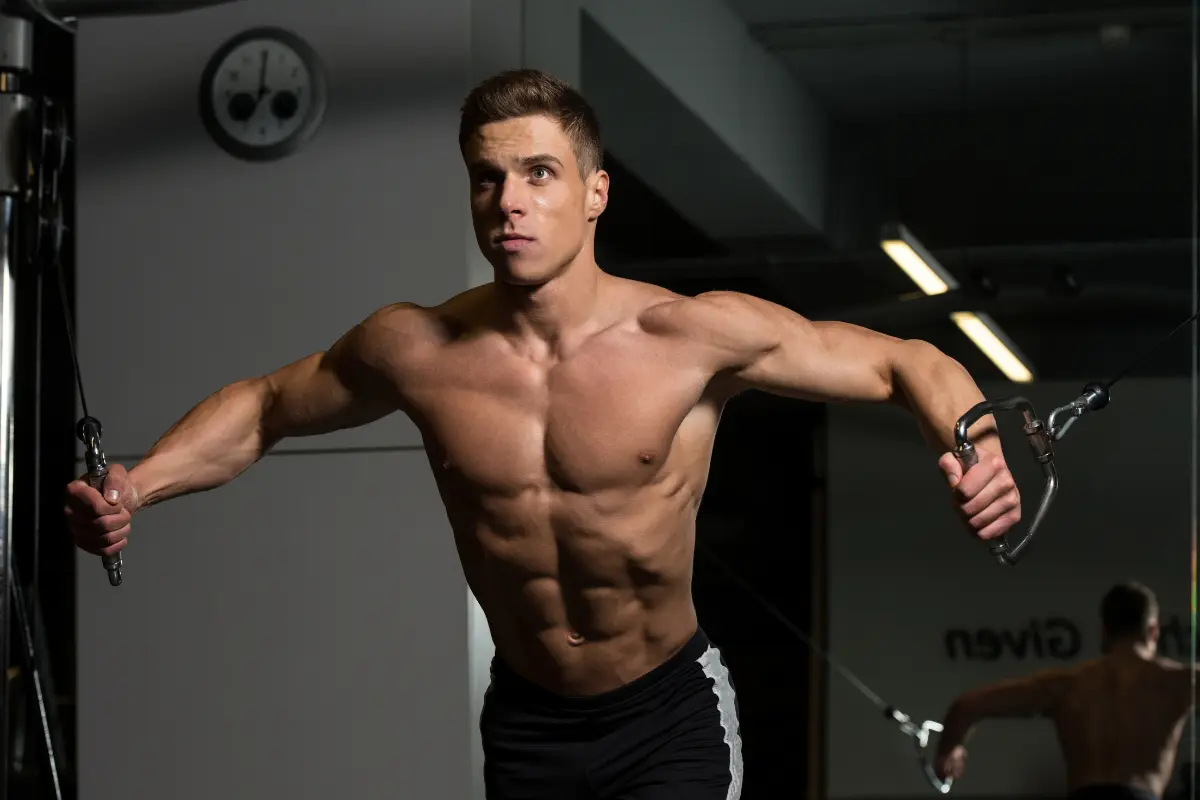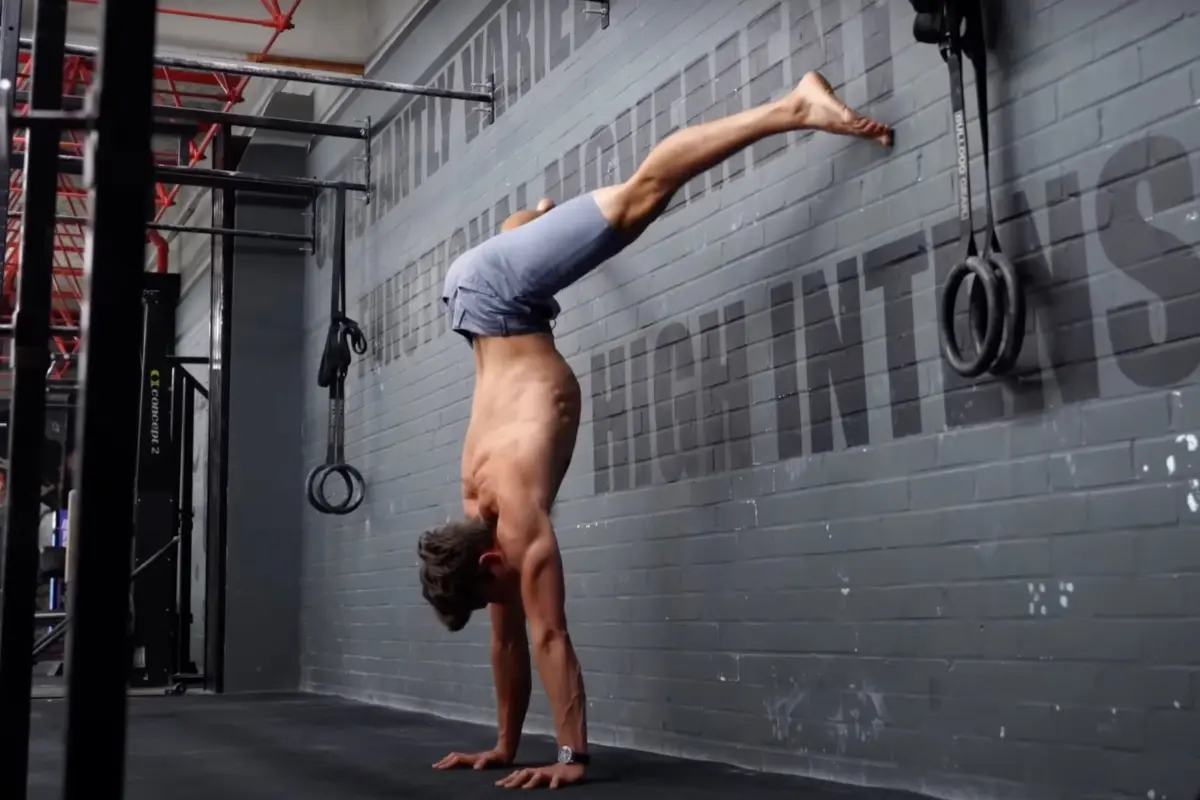When it comes to building a strong, capable body using nothing but your own weight, two systems dominate: gymnastics and calisthenics. Both build serious strength, control, and mobility without the need for barbells or machines.
But while they share common ground, they come from different worlds—and offer different strengths.
What Counts as a Gymnastics or Calisthenics Session?
Gymnastics is a competitive sport with strict rules and events like rings, high bar, and floor routines. Training focuses on powerful movements, big flexibility, and precise skills—usually done in a gym with sprung floors and foam pits for safety.
Calisthenics is a workout style that uses your own body weight for strength—think push-ups, pull-ups, and muscle-ups. It’s often done at the park, on a playground, or even at home. Many of the moves look like gymnastics, but calisthenics is more about building real-world strength and control than performing routines.
Strength & Power Outcomes
Gymnastics: Big Power in Short Bursts
Gymnasts train for explosive movements. Think tumbling runs, vault takeoffs, and powerful ring holds. They repeat high-intensity efforts every week to develop speed, force, and full-body control.
- A 2024 study found that elite female gymnasts who added advanced plyometric training improved jump height and reactive strength by 7% in just 8 weeks.
- On the rings, top-level gymnasts can hold positions like the inverted cross while generating pulling forces up to 2× their body weight.
- Vault takeoff speeds exceed 6 m/s, showing just how much raw power is built through training.
Calisthenics: Strength That Lasts
Calisthenics focuses on volume and control—lots of reps, long holds, and steady improvement.
- In a 10-week study, beginners following a bodyweight program improved push-up and squat endurance by 28–34%.
- A Harvard review found a 15% increase in leg power over 10 months of bodyweight-only training.
- Adjusting leverage (e.g., elevating feet) builds time-under-tension and muscular fatigue resistance.
Quick Comparison
| Category | Gymnastics | Calisthenics |
|---|---|---|
| Jump Power | +7% in 8 weeks (advanced plyometrics) | +4–5% in 10 months |
| Max Upper-Body Force | Up to 2× body weight (ring holds) | 1.2–1.4× body weight (pull-ups) |
| Endurance Benchmark | 5-sec iron cross, explosive vault | 30+ pull-ups, 2-min handstand |
| Strength Focus | Peak power and speed | Fatigue resistance and control |
The Bottom Line
Gymnastics builds elite power fast, but demands structured training and longer recovery. Calisthenics is more adaptable, focusing on strength you can use daily.
Source: esmed.org, pmc.ncbi.nlm.nih.gov, researchgate.net
Flexibility & Mobility
Gymnastics: Flexibility You’re Judged On
In gymnastics, flexibility is required. Movements must hit precise angles, like full splits or open shoulders. It’s not just for aesthetics—it’s part of the score.
- Kids ages 5–7 improved sit-and-reach by 5 cm and hip ROM by 8–10% after 8 weeks of gymnastics.
- Elite rhythmic gymnasts show 20–30° more ROM than non-athletes.
- Gymnasts often train 15–20% of each session on flexibility, using oversplits, bridges, and active kicks.
Calisthenics: Mobility Built Through Movement
Calisthenics doesn’t require textbook flexibility, but many skills demand open shoulders and hips.
- Training through a full range of motion builds flexibility and strength.
- Jefferson curls and deep push-ups increased hamstring ROM by 11% in 10 weeks.
- Hanging, bridges, and floor work gradually improve mobility over time.
Quick Comparison
| Category | Gymnastics | Calisthenics |
|---|---|---|
| Flexibility Goals | Full splits, overhead mobility | Shoulder, spine, and optional hip ROM |
| Stretching Volume | 4–6x/week, built-in | 2–3x/week, often integrated |
| Gains | +5 cm in 8 wks; 20–30° above peers | +8–12% ROM in 10 weeks |
| Common Risks | Overstretch injuries | Shoulder/wrist overuse |
Takeaway
Gymnastics demands high-level flexibility with structured stretching. Calisthenics develops mobility more gradually, often through strength-based movement.
Source: researchgate.net
Skill Complexity & Coordination
Gymnastics: Full-Body Control in 3D
Every event tests a gymnast’s ability to move and reorient in space—on beams, bars, and the floor.
- Young gymnasts show better balance and faster reflexes than peers.
- Elite gymnasts use “visual anchoring” to adjust mid-air.
- Memory, focus, and decision-making also improve through routine complexity.
Calisthenics: Precision on a Single Plane
Moves like the planche and front lever require perfect alignment and body control.
- Step-by-step progressions (tuck → straddle → full) teach control.
- 10-week programs improved balance and coordination by 20–30%.
Quick Comparison
| Aspect | Gymnastics | Calisthenics |
|---|---|---|
| Movement Environment | Multi-apparatus, 3D | Simple setups (bar, rings, floor) |
| Skill Complexity | Linked routines (8–12 elements) | Isolated, precision-based skills |
| Coordination Gains | Visual focus, reflexes, spatial awareness | Controlled posture, tension, balance |
Bottom Line
Gymnastics challenges the brain and body in all directions. Calisthenics hones in on refined control through slow mastery.
Injury Risk & Longevity
Gymnastics: High Impact, High Risk
- Vaults and landings can load 8–14× body weight in under 50 ms.
- Injury rate averages 1.8 per 1,000 hours.
- 91% of elite gymnasts report at least one injury per season.
- Common injuries: ankles, wrists, lower back.
- Most retire by early 20s (women), mid-20s (men).
Calisthenics: Fewer Big Injuries, More Minor Strains
- Injury rate around 1.3 per 1,000 hours.
- Most injuries are mild (shoulders, wrists, low back) and heal in under 4 weeks.
- Scalable difficulty means athletes can continue into their 60s and beyond.
Comparison Snapshot
| Metric | Gymnastics | Calisthenics |
|---|---|---|
| Injury Rate | 0.5–9.4/1,000 hrs (avg ≈ 1.8) | ≈ 1.3/1,000 hrs |
| Common Injuries | Ankle sprains, stress fractures | Shoulder/wrist strain |
| Time Off Required | Weeks to months | Days to weeks |
| Typical Career Span | 20s | Lifelong |
Summary
Gymnastics delivers elite performance, but with higher injury risk. Calisthenics offers joint-friendly, sustainable strength for life.
Source: germanjournalsportsmedicine.com, pmc.ncbi.nlm.nih.gov
Body Composition & Metabolic Load
Gymnastics: Lean and High Burn
- Women: 10–14% body fat; Men: 5–8%.
- 2-hour session burns ~768 kcal; 20–30 hours/week = 10,000+ kcal.
- Risk of under-fueling and Female Athlete Triad.
Calisthenics: Lean Without the Extremes
- Men: 10–15%; Women: 15–20%.
- 20–40 min sessions burn 220–800 kcal.
- Encourages sustainable muscle gain and fat loss.
Quick Comparison
| Metric | Gymnastics | Calisthenics |
|---|---|---|
| Body Fat % | W: 10–14%; M: 5–8% | W: 15–20%; M: 10–15% |
| Calories per Session | ~768 kcal in 2 hrs | 220–800 kcal in 20–40 min |
| Weekly Volume | 20–30 hrs | 3–6 hrs |
| Composition Trend | Ultra-lean, minimal muscle growth risk | Balanced leanness with hypertrophy potential |
Conclusion
Gymnastics produces extreme leanness and metabolic output but requires careful management. Calisthenics supports a strong, sustainable body shape with fewer dietary risks.
Source: betterme.world
Hybrid Approaches—Getting the Best of Both Worlds
Why Mix Them?
Gymnastics gives you peak performance—power, flexibility, and air sense. Calisthenics gives you sustainable strength, control, and a lifestyle-friendly schedule. Blending them fills in the gaps.
Examples of Pairing
| Gymnastics Skill | Calisthenics Pair | Benefit |
|---|---|---|
| Vault/Beam Takeoffs | Pistol/Step-Up Sets | Power without joint wear |
| Ring Statics | High-Rep Ring Rows | Strength plus endurance |
| Oversplits & Bridges | Jefferson Curls/Push-Ups | Flexibility gains that stick |
| Tumbling Lines | Wall Handstand Holds | Balance, form, and proprioception |
Training Tips
- Use gymnastics warm-ups before all sessions
- Limit high-impact moves to 1–2x/week
- Cycle leverage, not just reps
- Use gyms for risky skills, parks for volume work
Who Benefits Most
- Cross-sport athletes (BJJ, parkour, pole)
- Adult beginners
- Former gymnasts staying active
- Calisthenics athletes stuck on strength plateaus
Bottom Line
Hybrid training stacks the best of both worlds: the control and endurance of calisthenics, plus the power and awareness of gymnastics. With smart planning, you can build a body that’s strong, mobile, and built to last.
Source: bergmovement.com, gornation.com
Final Thoughts
Gymnastics and calisthenics both offer amazing ways to build strength, flexibility, and control—but they take different roads to get there. Gymnastics is perfect for high-level athletes chasing power and precision. Calisthenics offers a scalable, lifelong path to real-world fitness.
And when combining them, you unlock a system that balances high performance with sustainability.


